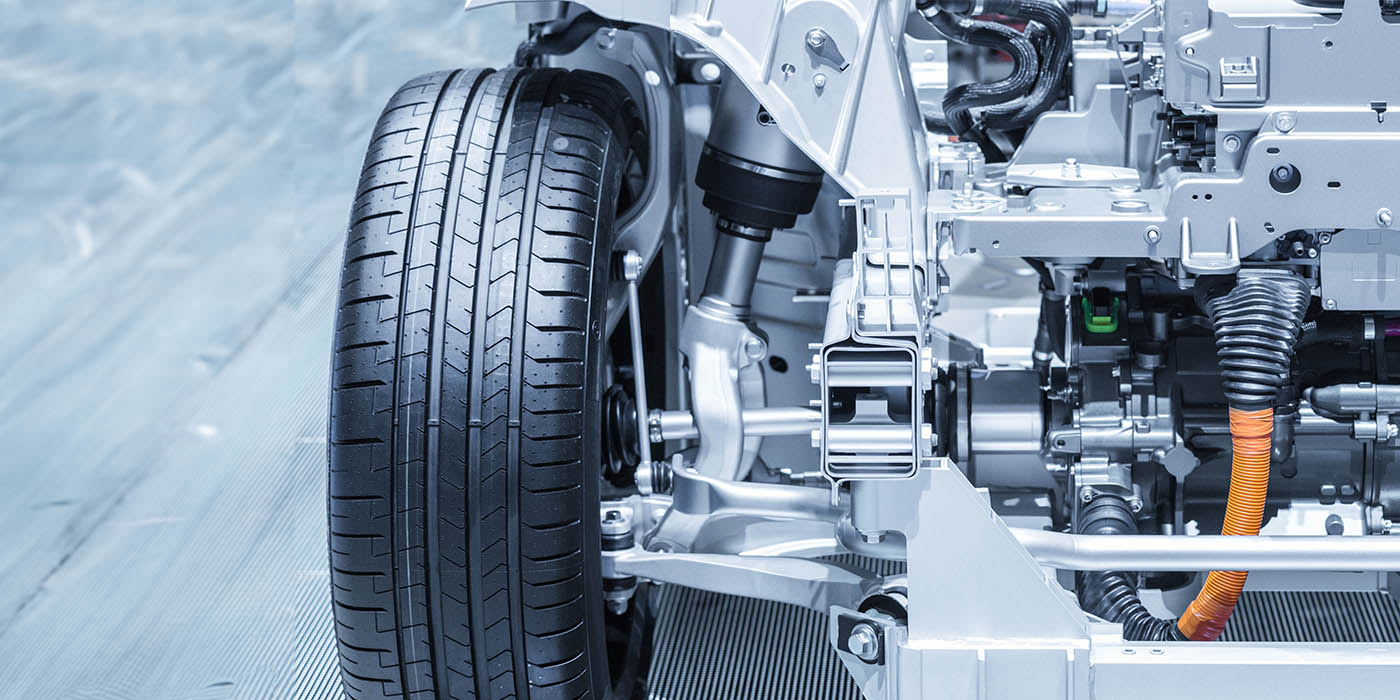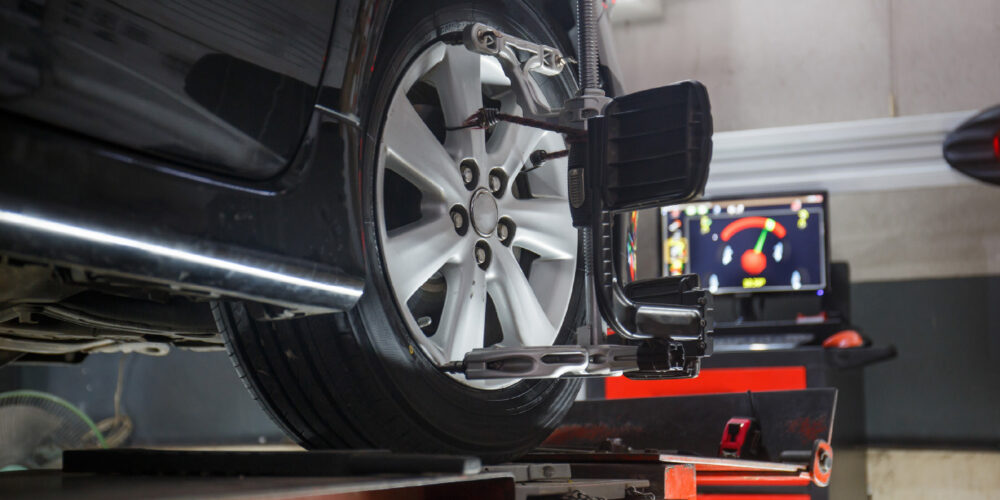By Larry Carley
Technical Editor
A vehicle’s steering can be inspected one of several ways. With the full weight of the vehicle on the wheels, one person rocks the steering wheel while another looks and feels for play or looseness in the steering linkage and steering column. On some vehicles, this can be done by reaching up and rocking the steering column coupling from underneath while the vehicle is sitting on a drive-on ramp style lift. The dry park method of checking for looseness is generally the best procedure to use because the weight of the vehicle on the wheels creates resistance that makes it easier to see play.
The dry park method is also a good way to find loose upper strut bearing assemblies. While rocking the steering back and forth, watch for strut movement in the strut tower opening. Any wobble would tell you the strut bearing plate is worn and needs to be replaced. Worn upper struts typically make noise when the vehicle hits bumps, and may also make the steering feel stiff and slow to return to the straight ahead position after turning.
As a rule, tie rod ends should show no visible vertical or horizontal play during the dry park check. Any play means these parts need to be replaced.
The inner tie rod sockets on rack and pinion steering gears are enclosed in bellows, making them difficult to inspect. If the bellows are rubber, the inner sockets can be checked by squeezing the bellows and pinching each socket while pushing outward on the wheel (or while a helper rocks the steering wheel). If any movement is felt, the socket is loose and needs to be replaced. On vehicles with hard plastic steering bellows, lock the steering wheel, then check for any in or out movement in the tie rod while pulling and pushing on the wheels.
The rack mounts should also be inspected. Loose, deteriorated or broken mounts may allow the rack housing to move as the wheels are steered. This can cause steering wander and noise.
With reciprocating ball steering systems, you don’t want to see much play or movement in the idler arm. Looseness here can cause steering wander and toe wear. Pitman arms should show no vertical looseness. Center links should be like tie rod ends and show no vertical or horizontal play.
POWER STEERING CHECKS
Unusually high steering effort combined with poor steering return may indicate a weak pump or a worn spool valve in the steering rack. Other causes of increased steering effort can include binding in the steering rack, improper rack yoke adjustment, binding in tie rod ends, ball joints or upper strut bearing assemblies.
Power steering can also be checked with the wheels off the ground. If the wheels want to turn themselves to one side when the engine is running, it indicates a problem in the steering gear control valve.
The fluid level in the power steering pump reservoir also needs to be inspected periodically. A low level usually indicates a leak. A visual check of the pump, hoses and steering gear should reveal the source.
If the fluid is badly discolored (dark brown with a burnt smell), the fluid has been overheated and is oxidized. This can doom the pump and steering gear to premature failure (if they haven’t suffered damage already). Replacing the fluid may buy these parts some time.
Some hissing noise is normal with most power steering systems, but excessive noise may indicate a bad check valve. Belt squeal means the belt is loose and needs to be tightened (if adjustable), or the automatic adjuster is weak and needs to be replaced, or the belt is glazed and needs to be replaced. Pump noise usually indicates wear.













